Groucho Marx’s challenge—“Who ya gonna believe, me or your own eyes?”—needs updating in light of some Gaza-war propaganda.
To read about it, please click here.


Groucho Marx’s challenge—“Who ya gonna believe, me or your own eyes?”—needs updating in light of some Gaza-war propaganda.
To read about it, please click here.
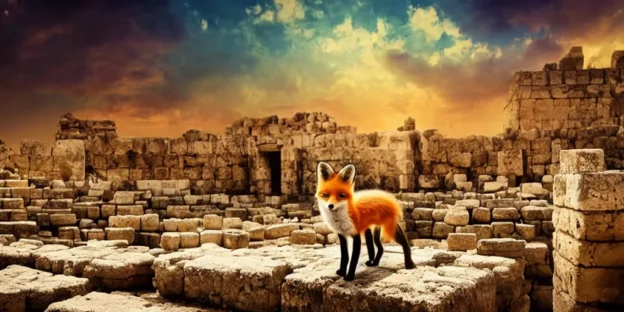
The books considered holy by other religions present their heroes as flawless. One of the indications that the Torah, by contrast, is divine in nature is its recording of flaws of action or attitude in its greatest people. Considering the stature of the people exhibiting them, the flaws are always in reality more subtle than they seem, but are noted all the same.
An example is Yaakov Avinu’s response when asked his age by Par’oh. He replies: “The days of the years of my sojournings are 130 years; few and bad have been the days of the years of my life…” (Bereishis 47:9).
A Midrash quoted by the Daas Zekeinim has Hashem responding, “I saved you from Esav and Lavan, I returned Dina to you, and also Yosef, and you complain about the years of your life that they were few and bad?”; and reducing Yaakov’s life by 33 years, 33 being the number of words in the exchange.
It is said in the name of the Arizal that Yaakov’s soul inhabited Rabi Akiva. Their names share a root (and both married Rachels). Yaakov, the Arizal said, needed to atone for the 22 years he was away from his father Yitzchak, and Akiva “corrected” that inability of Yaakov to honor his father by serving his teacher, Nachum Ish Gamzu, for the same number of years.
It’s fascinating to realize that Rabi Akiva famously would say “All that the Merciful One does is for the [ultimate] good” (Berachos 60b) – an attitude that reflected the motto of his teacher, Nachum Ish Gamzu – “This, too, is for the good” (Taanis 21a). Hashem has a plan for us, and, even when its details are painful, it is for an ultimate good.
It would seem plausible that Rabi Akiva, by his adopted attitude, “corrected” the flaw in his predecessor Yaakov’s words. Yaakov saw the challenges he had been forced to face in some way as “bad.” But, as Rabi Akiva and his rebbe said, nothing Hashem does, no matter the pain it may yield, can be called anything but, evident or not, its ultimate essence: good.
I once overheard someone, asked how things were going, respond: “Everything’s going according to plan!” It was a truly insightful answer.
© 2023 Rabbi Avi Shafran
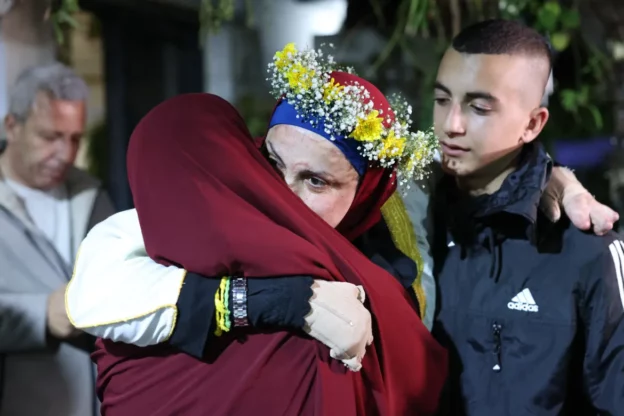
“A disfigured woman whose case has become well known is among the Palestinians released” was the headline of a New York Times story about criminals in Israeli jails being traded for hostages held by Hamas.
Want to know more about the woman referred to in the headline, a new definition of chutzpah and something you might not know about the Hamas leader in Gaza? Well, just click here.

Many years ago, a wise rebbe of mine, addressing instances of financial finagling by some members of the tribe, explained that the forefathers of us Jews whom we revere are Avraham, Yitzchak and Yaakov, and we are to strive to emulate their rectitude and integrity. But, he continued, our bloodline also includes the cheater Lavan. And sometimes, regrettably, his genes, so to speak, can express themselves in some Jews’ inclinations, and even behavior.
At the end of the parsha, Yosef, still “undercover” as the Egyptian viceroy, plants a royal goblet in Binyamin’s knapsack. When the chalice, which Yosef indicates was used for telling the future, is “found” there, he says to his brothers, “Don’t you know that a person like me practices divination?”
Divination, or kishuf, is forbidden by the Torah. Yosef received his ability to interpret dreams directly from Heaven, not through any magical means. And that is clearly why he avoids lying outright, not claiming that he himself uses the goblet for divination purposes but, rather, that it is so used by “a person like me” – referring to Par’oh, not himself.
The halachos of what constitutes kishuf are complex. There are occasions when an omen may be taken seriously but, generally speaking, acting on the “revelation” of an omen, or relying on seemingly magical means to make one’s plans, constitutes a forbidden act.
There are, unfortunately, practices that have found footholds in some otherwise observant Jewish circles that seem clearly to be straddling, if not crossing, the line between legitimate “omen recognizing” and outright, forbidden occultism. I won’t venture into citing particular practices. As the same wise rebbe quoted above would say about controversial things, “Go ask your local Orthodox rabbi.” But when faced with the option of utilizing a seemingly questionable segulah, one needs to weigh the possibility that doing so may be an issur d’Oraysa, a Torah prohibition.
Back in parshas Vayeitzei, we find Lavan telling Yaakov, that “I have learned by divination that Hashem has blessed me on your account” (Beraishis 30:27).
Once again, Lavan is in our ancestry. But we have free will, and are charged to do our best to squelch whatever inclinations we may have that are born of that ancestor’s influence.
© 2023 Rabbi Avi Shafran
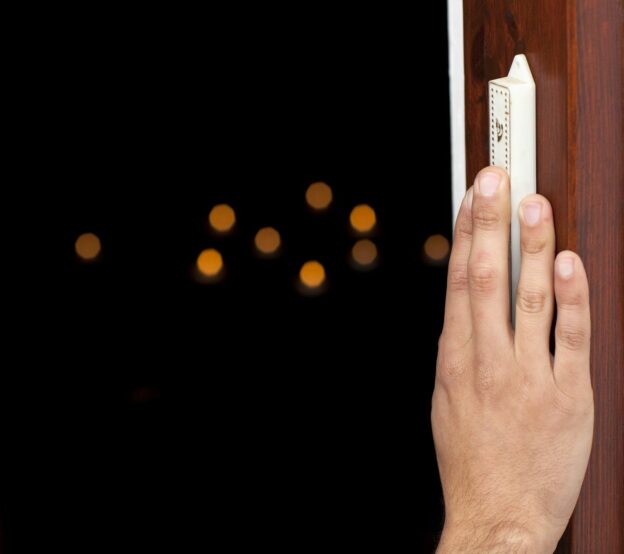
Have you heard about the “Camozuzah,” the “Safe and Discreet Mezuzah Case”?
To read about that sad sign of the times, please click here.
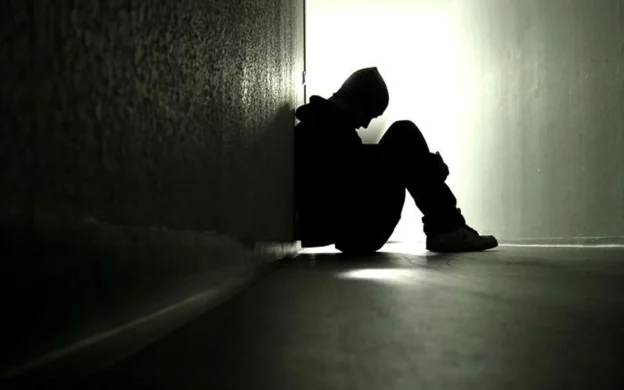
When we read the account of Yosef’s unfair imprisonment – and his eventual release after the Egyptian ruler is informed by the sar hamashkim, the butler, of Yosef’s G-d-given ability to interpret dreams – there’s something that’s easily overlooked: the particular action that set Yosef’s liberation into motion.
Rav Yaakov Kaminetsky, zt”l, points out that the genesis of Yosef’s release from prison and ascension to the position of viceroy in Mitzrayim lies in his having noticed that his fellow prisoners, the king’s baker and butler, were crestfallen one morning.
He didn’t ignore that fact. “Why do you appear downcast today?” he asked them (Beraishis 40:7). And they proceeded to tell him of their dreams, which he then interpreted.
“Come and see,” Rav Kaminetsky advises, “the greatness of Yosef,” who, after being wrongly imprisoned by other Egyptian officials, nevertheless, when he saw these officials in a state of depression or angst, was so concerned that he immediately asked them what was wrong.
That’s a lesson for life. When we see someone out of sorts, we are often inclined to ignore the person or even steer ourselves in another direction. But it is that inclination to avoid the sad person that should be ignored. We may not have the solution to the depressed person’s problem like Yosef had for his fellow inmates’ dilemma. But asking “What’s wrong?” or “Can I help?” are the proper responses. If only because they are expressions of concern.
Which may help lift the spirits of the inquiree.
And even, perhaps, benefit the inquirer.
© 2023 Rabbi Avi Shafran
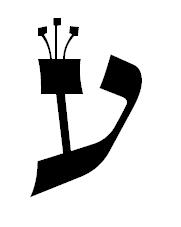
Ever wonder about the “G” in “Gaza”? Well, you should have, since in Hebrew, the name of the area is Aza?
Well, wonder no more. Just click here.

One might not expect the key to happiness to be hidden in the meeting of Yaakov and Esav recounted in the parsha. But it’s there.
When Yaakov explains the lavish gifts he had sent ahead to his twin, the latter demurs, at least perfunctorily, and says, “I have much [already].” Yaakov insists that Esav receive his gifts since “I have all [I need]” (Beraishis 33:9, 33:11).
Those focused on material wealth as providing happiness, explains the Kli Yakar on those sentences, can only ever claim to have “much,” not “all.” For, satisfaction will always be elusive. As Chazal say, “One who has one hundred wants 200)” (Koheles Rabbah 1:34).
In 1971, social scientists Philip Brickman and Donald T. Campbell coined the term “hedonic treadmill” to refer to the fact that, as a person makes more money or collects more possessions, expectations and desires rise in tandem, resulting in no permanent gain in happiness.
Happiness is born, rather, of an attitude, that of “I have all.” Whatever one has. “Who is wealthy?” Ben Zoma asks in Avos (4:1), and answers: “He who rejoices in what he has.”
The mussar giant R’ Elya Lopian offered an enlightening parable based on the pasuk “Those who seek Hashem lack no good thing” (Tehillim 34:11):
A man tells a visitor to his home how fortunate he is to be wealthy, and presents a cornucopia of expensive medications he has been able to amass to treat his many ailments. The guest smiles inside at his own fortune – to have no need for any of the medications in the first place.
One can step onto the hedonic treadmill and spend one’s life fulfilling – or trying to fulfill – one’s material desires. But, just as it’s better to be healthy than to be sick even with a full medicine cabinet, so is it better to be happy with one’s lot rather than spending life in a never-ending spiral of striving.
Those who seek to serve Hashem lack nothing. Their perspective on life and why they were created provides them the understanding that, whatever they have, they have everything.
© 2023 Rabbi Avi Shafran
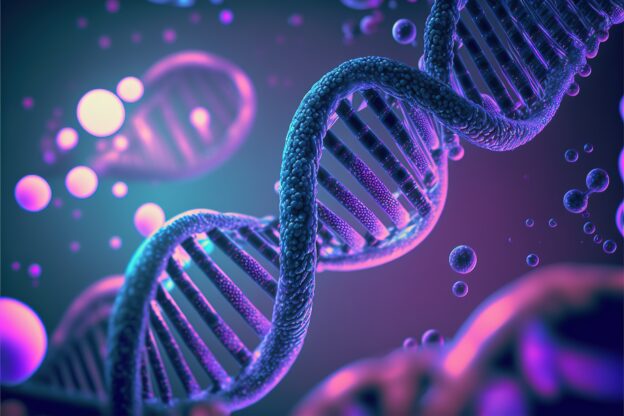
Sometimes an idea can only be possible after a certain point in history. One example might have to do with the imagery of Yaakov’s dream at the start of the parsha.
The message delivered to our forefather during that prophecy was “To you shall I give [Cna’an], and to your children.” And: “All the families of the earth will be blessed through you, and through your children.” Yaakov, in his dream, is being reassured that, unlike Avraham and Yitzchak, all of his children will comprise the Jewish nation.
Even the stone on which he rested his head that night and later made into a monument to the revelation he received carries that message. According to the Midrash, it had originally been many stones, which fused into one, a metaphor for the family unity he would achieve. Rashi even comments elsewhere (Beraishis, 49:24) that the word for “stone” (even) itself is a contraction of the words av and ben, “father” and “son.”
But then there is the sulam, usually translated “ladder,” which plays the central role in Yaakov’s dream imagery.
The word occurs only this one time in the Torah, and its etymology is unclear. But an Arabic cognate of the word refers to steps ascending a mountain. The easiest way to ascend a mountain is a spiral path. That fact, and the possibly related Aramaic word “mesalsel” – to twist into curls – might lead one to imagine Yaakov’s ladder as something akin to a spiral staircase.
Which speculation leads to a fascinating thought that couldn’t have been thought until the 1960s.
Considering that the assurance given Yaakov in his dream was essentially a “genetic” one – that all his progeny would be part of Klal Yisrael — might the sulam have been not a simple ladder but rather something reminiscent of, and symbolizing, the essential structure of the molecule that carries genetic information – a double helix?
© 2023 Rabbi Avi Shafran

Good riddance to two New York Times employees. But hold your applause. Why? See here.